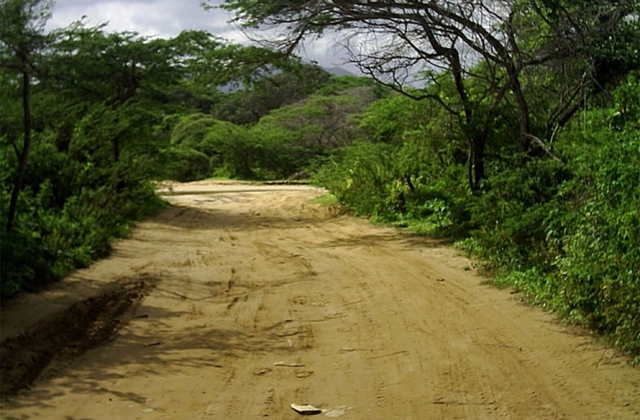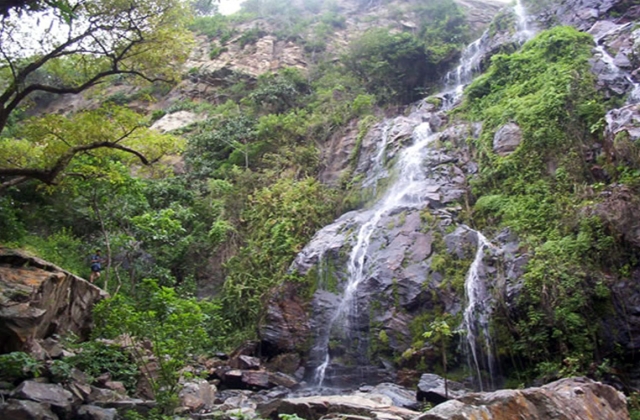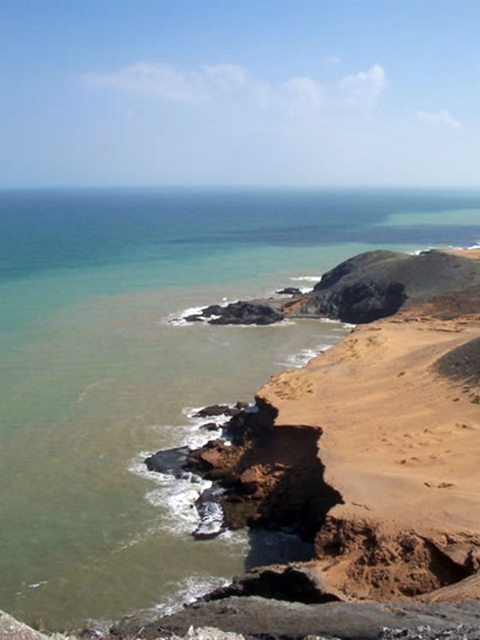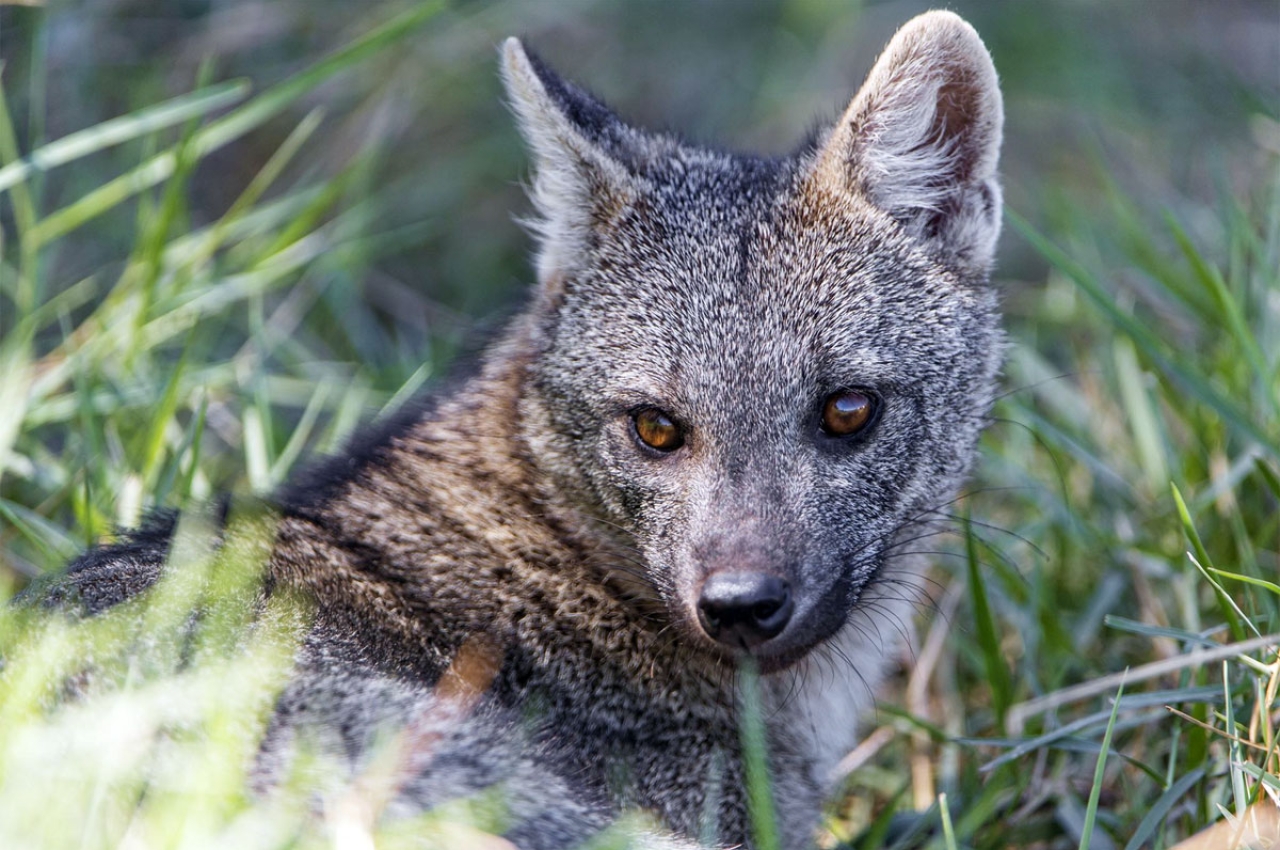La Guajira in Colombia is a mesmerizing adventure tour destination and tucked away in the desert lies an enchanted oasis known as Macuira National Nature Park. Part of the La Guajira region, and home of the Wayuu people, this 25,000 hectare nature park is a fascinating example of shifting ecosystems and rich biodiversity. The park is an important habitat for hundreds of species of plants and animals, many of them found only in this unique piece of Colombia's landscape.
 photo by Luis Alejandro Bernal Romero (via Flickr)
photo by Luis Alejandro Bernal Romero (via Flickr)
 photo by Luis Angel Camargo (via Flickr)
photo by Luis Angel Camargo (via Flickr)
An island in the middle of the desert
Sometimes called a "biogeographical island," Macuira National Nature Park rises 864 meters above sea level and the surrounding desert. Though it is cut off from the Andean mountain range, it displays a similar ecosystem, with the evergreen elfin cloud forest, like those found in the páramo regions of the Andes, such as Los Nevados National Park. This isolated and otherworldly forest, high in humidity and flourishing vegetation, is a mere 5 km from the desert plains.
 photo by Luis Angel Camargo (via Flickr)
photo by Luis Angel Camargo (via Flickr)
Caribbean winds and thirsty sands
Humidity in this region comes from north-eastern Caribbean trade winds, which trap the moisture around the peaks of the Serrania de Macuira, leaving them covered in fog-like clouds by night. Much of this moisture is absorbed by the unique semi-tropical plants, ferns in particular, and this water-absorbing phenomenon is called yaurama by the Wayuu people. The rest of the moisture travels down the slopes in streams, creating springs and wonders like the El Chorro waterfall. Eventually, the water is absorbed by the desert sands of the plains, sustaining the wells found in the Wayuu communities.
Adapted species of Macuira
Isolated at the tip the Guajira peninsula, a variety of species have made homes in Macuira, adapting to sometimes harsh conditions and intermittent access to water. The crab-eating fox, found all through South America, is surprisingly prevalent in this small region. Also making their homes in this nature park are several species of snake (including the venomous coral snake), rabbits, the giant anteater, and hundreds of species of birds (17 of which are endemic to Macuira), which makes the park an "area of importance for the conservation of birds."
Where the desert drops into the sea
Descending from the tropical peaks of the Serrania de Macuira, and passing through an area of thorny brush and transitional trees, lies the desert plains of La Guajira, where dunes of sand ripple and shift in the winds. As the journey continues just north of Macuira National Nature Park, an enchanting landscape is waiting to be discovered, where the desert dunes drop into the azure blue Caribbean sea. Some of these serene desert beaches are found below majestic cliffs, and others gently slope into the sea, but all of them are unforgettable.
You can experience the wonders of Macuira National Nature Park with Uncharted Earth's unforgettable 4x4 adventure tour through the sand dunes, beaches and oases of the Guajira desert and its Caribbean coast.

 photo by Tambako the Jaguar (via Flickr)
photo by Tambako the Jaguar (via Flickr)